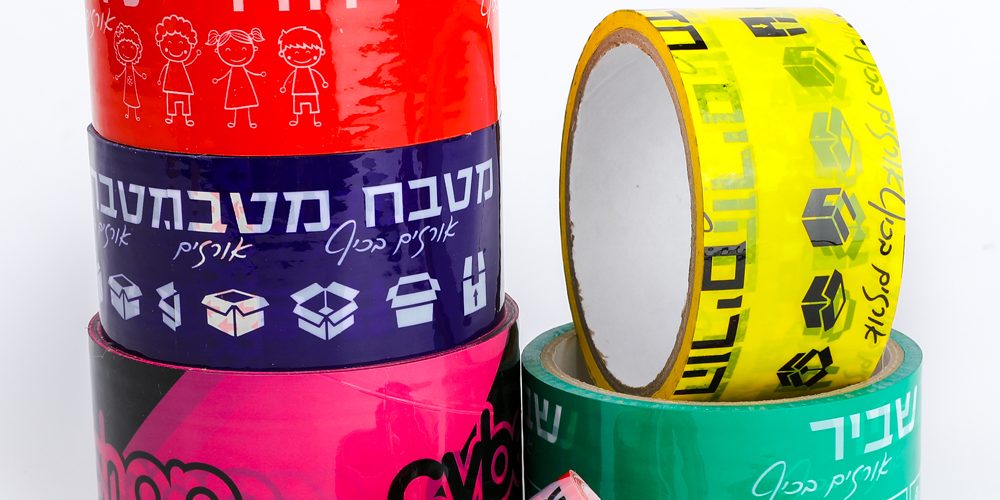In the world of packaging and logistics, carton sealing plays a crucial role in ensuring product integrity and security during transit. Biaxially Oriented Polypropylene (BOPP) tape has emerged as a key player in this process, offering a reliable and efficient solution for sealing cartons. In this blog post, we explore how BOPP tape contributes to secure and efficient carton sealing.
Strong Adhesion: BOPP tape’s adhesive is formulated to bond firmly with a variety of surfaces, creating a strong and lasting seal. This adhesive strength prevents carton flaps from coming loose during handling and transportation.
Tamper-Evident Features: Some BOPP tapes come with tamper-evident features, such as holographic patterns or micro-perforations. These features make any tampering attempts immediately visible, enhancing the security of the packaged contents.
Temperature and Moisture Resistance: BOPP tape’s resistance to temperature fluctuations and moisture is vital for maintaining its adhesive properties. This ensures that the tape remains effective in various environments, from cold storage to humid conditions.
Ease of Application: BOPP tape is designed for easy and efficient application. Its pressure-sensitive adhesive adheres quickly, and the tape can be dispensed using handheld or automated tape dispensers, saving time and labor in packaging processes.
Customization and Branding: BOPP tape can be customized with brand logos, text, or patterns. This not only reinforces brand identity but also helps with package identification and differentiation in storage and distribution centers.
Recyclability: BOPP tape is recyclable, making it a sustainable choice for environmentally-conscious businesses. The tape’s eco-friendly properties contribute to reducing waste and promoting greener packaging practices.
In conclusion, BOPP tape’s combination of strong adhesion, tamper-evident features, resistance to environmental factors, ease of application, and sustainability make it an essential component in secure and efficient carton sealing. Its role goes beyond functional packaging, as it also contributes to brand recognition and consumer confidence in the product’s quality and integrity.
























